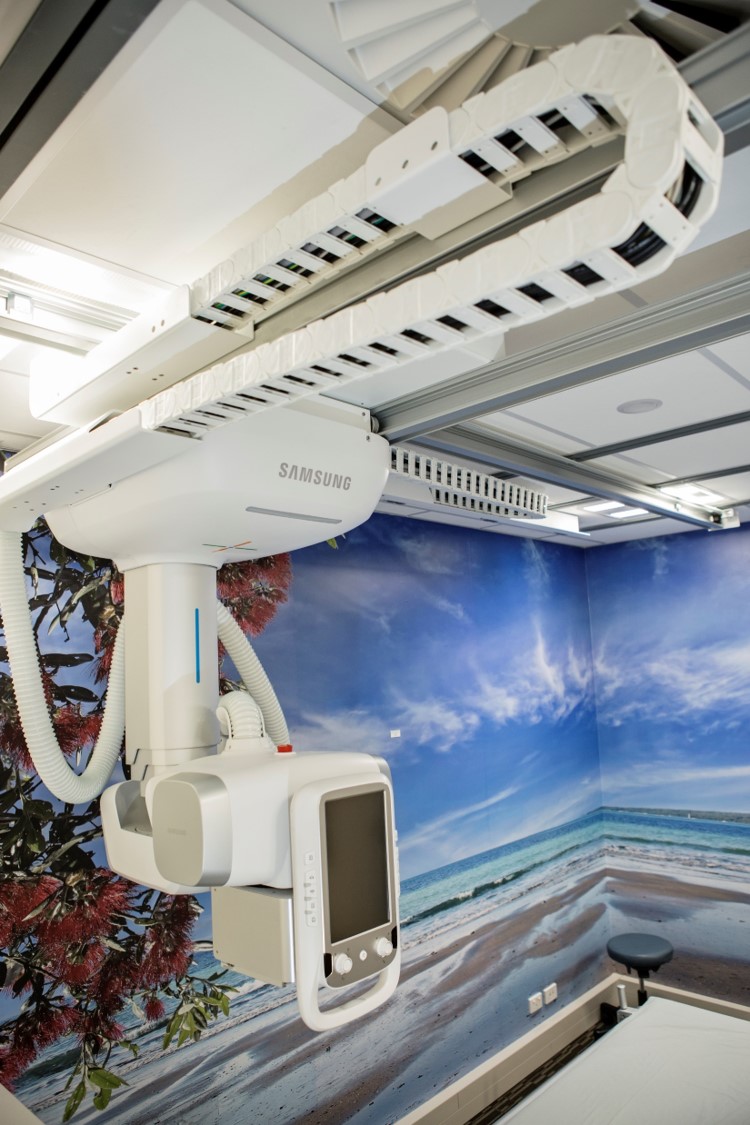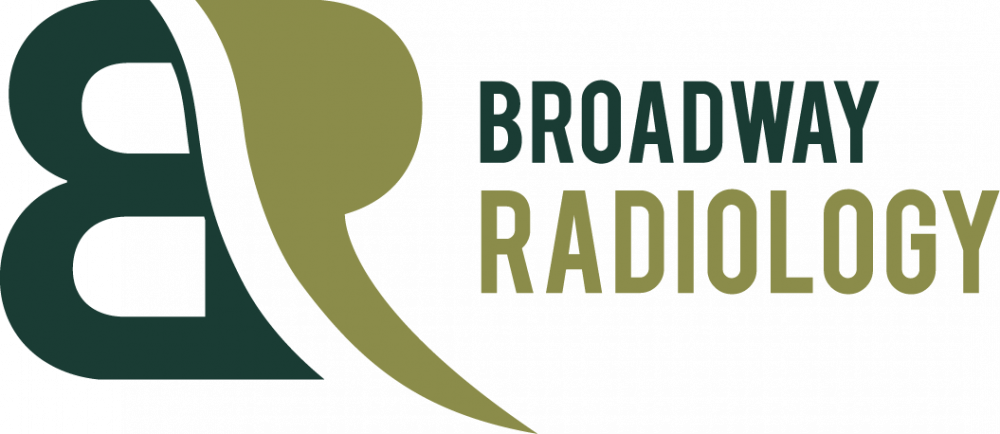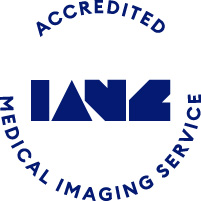The electromagnetic spectrum includes X-rays, radiowaves, microwaves and visible light.
What is an X-ray?
The electromagnetic spectrum includes X-rays, radiowaves, microwaves and visible light. X-rays have an extremely short wavelength, or high frequency, making them high energy. This means they can penetrate most materials. X-rays are used in medicine to examine the body ‘structure’. They are most useful for bones in the body but also show some soft tissue detail as well.
X-rays are used for the assessment of many body areas including arms and legs following trauma, chest X-rays for heart failure and spine for fractures. X-rays (radiography) are the most frequent radiology procedure we perform.

How much radiation is used in these exams?
Every day we are exposed to radiation from soil, rocks, building materials, water and cosmic radiation. This is commonly referred to as ‘background radiation’. People living at higher altitudes will be exposed to more cosmic radiation than people living at sea level.
We can compare the amount of radiation we receive through an X-ray examination by measuring the dose affecting the patient and comparing this with the background radiation we are exposed to every day.
Different parts of the body have varying sensitivity to radiation dose so the term ‘effective dose’ looks at the dose averaged over the whole body.
What are the risks?
The benefits of accurate diagnosis far outweigh the risk of harm from the low radiation dose used. To be safe, we err on the side of caution. Our Radiologists and technicians have been trained to use the smallest radiation exposure necessary to obtain the required information for your condition.
You are encouraged to keep track of your X-ray history and inform your doctor what you have had imaged to help provide informed advice on your diagnosis and treatment. This record keeping is especially important if you change your healthcare provider.
The appointment generally takes less than half an hour.

Immigration Chest X-rays
TRG Imaging offers Chest Immigration X-rays at Lincoln Road only, 9am-5pm. This is a walk in service, we do not make appointments.
Prior to having your X-ray you must have seen a Panel physician and received a referral. A Panel physician are doctors who are certified by the Department of Immigration to perform medical exams.
Please remember to bring your referral letter and passport to your appointment.
Pre Examination
Before your Examination:
You do not need an appointment for an X-ray or radiograph, but if you do phone us for an appointment we are able to provide you with one and may discuss the following:
-
Likelihood of being pregnant
-
Directions to a location closest to you
-
Details about the examination itself
-
Any ACC questions
-
Post examination information
Please let us know as soon as possible if there is any reason why you cannot keep your appointment.
Upon arrival:
You will have time to read about the procedure, fill out a questionnaire as well as consent forms if needed. A trained, experienced staff member will discuss the procedure with you. This is a good opportunity to ask any question you may have.
You may be asked to change into a gown and remove all metallic objects such as jewellery, dentures, hearing aids, etc if these are in the area to be examined..
Your Examination
A trained Medical Radiation Technologist (MRT) or radiographer will call you and show you into the x-ray room. The procedure will be explained and you will be positioned on an x-ray bed or close to an x-ray ‘plate’.
Depending on the requested area being x-rayed the procedure may vary according to your position e.g. standing, sitting or lying and the number of x-rays or radiographs taken.
It is essential that you keep very still during the examination as any movement may result in having to repeat the radiographs.
The radiographer will tell you when the procedure is finished. You may wish to ask them when the results will be available.
At any stage you are welcome to ask questions about the process if you have any concerns.
Post Examination
If you changed into a gown, you will be asked to change back into your clothes.
Your radiographs will be interpreted by the radiologist and a report sent directly to your doctor who will discuss the results with you.







